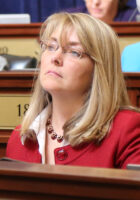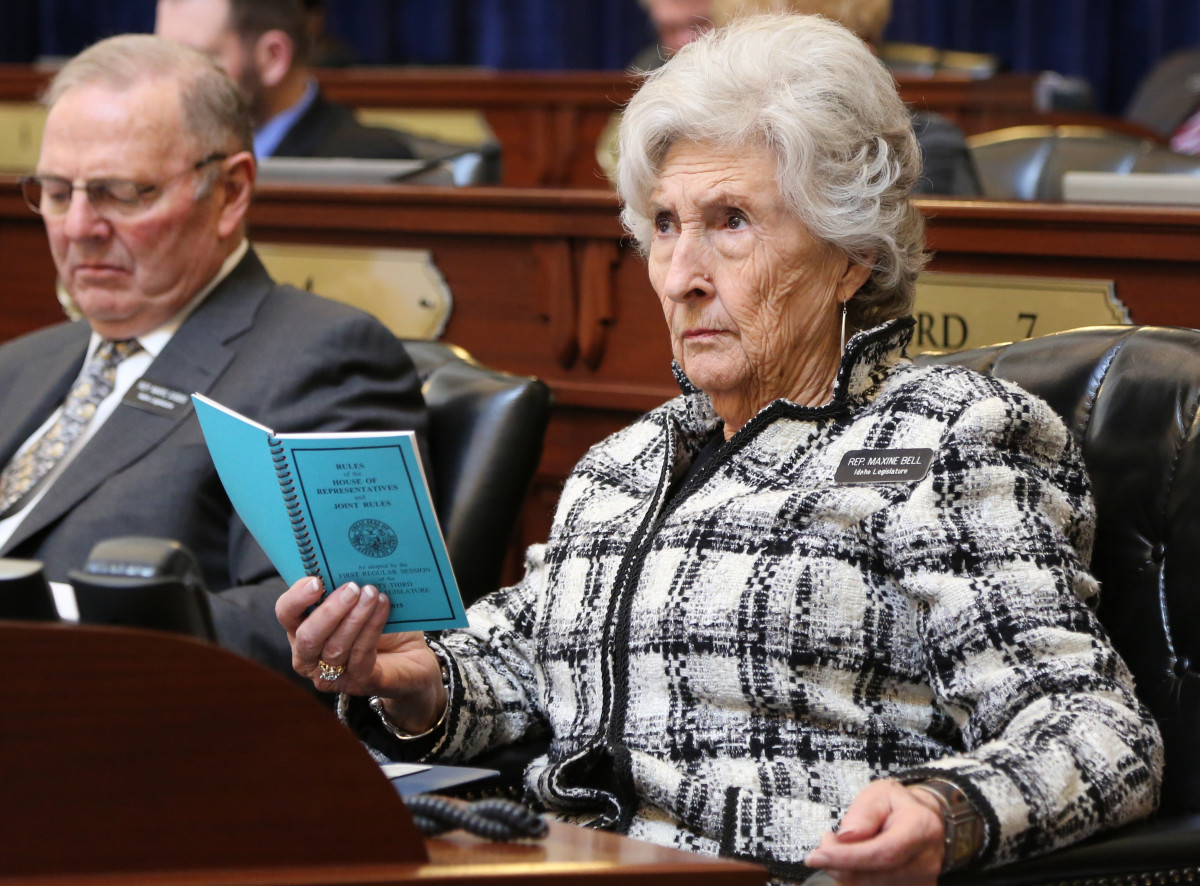Idaho spends nearly $300 million a year on special education programs — but only a sliver of the money is tied to student needs.
Legislative auditors issued a far-reaching report on school funding issues Monday, and focused much of their attention on the needs of Idaho’s 29,700 special education students.
“Special education funding is one of the most complex and least understood parts of public education funding in Idaho,” the state’s Office of Performance Evaluations said in its report. “Legislators and other stakeholders cannot look to published revenue or expenditure reports for a complete picture of how much money was generated by, and spent on behalf of, students receiving special education services in districts or charters.”
But here are a few of the auditors’ more surprising findings, after several months of review:
- All told, Idaho spent about $294 million on special education in 2014-15, but barely $42 million is tied to direct student-related costs. Much of this $42 million comes in the form of reimbursements from Medicaid, a federal-state health insurance program.
- Still, three-fourths of the feds’ special education dollars are not tied to need — but are instead tied to federal funding levels from 17 years ago.
- The state’s complicated school funding formula shortchanges special education, by about $14 million a year. Even though about 10 percent of the state’s students enroll in special education programs, the state funding formula assumes that about 6 percent of students are enrolled in special education. “No explanation for these low percentages is offered in administrative rule,” the report said.

Rep. Wendy Horman, R-Idaho Falls, requested the review in March — asking auditors to look at education programs that fall outside the state’s complicated and aging K-12 funding formula. Horman is the co-chair of a legislative committee studying the funding formula, which was last rewritten in 1994.
Beyond their focus on special education, auditors looked at a laundry list of 22 programs, receiving about $165 million in taxpayer dollars in 2016-17. The list includes the state’s $71.1 million busing reimbursement program, an $18 million classroom technology initiative and $9.1 million in new money for early childhood literacy.
The funding formula committee is attempting to streamline the state’s methods for distributing more than $1.5 billion in K-12 funding. One goal is to address the technology program and similar funding initiatives which have been tacked onto the 1994 formula.
This committee meets at the Statehouse Tuesday morning, and will review the audit. But the Joint Legislative Oversight Committee got the first look at the findings Monday. This eight-member committee selects audit topics and publicly reviews the audit findings.

The 48-page report, and all of its complexity, caught one JLOC member by surprise.
“I did not realize that this was that complex,” said Rep. Maxine Bell, R-Jerome, co-chair of the budget-writing Joint Finance-Appropriations Committee.
But Bell said it will be difficult to write legislation addressing the special education issues, since much of the money comes from the federal government.
Check back Tuesday for coverage from the funding formula committee.
